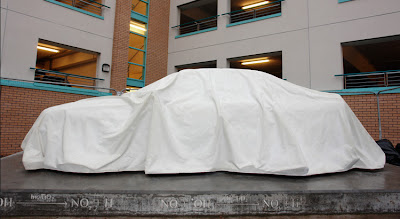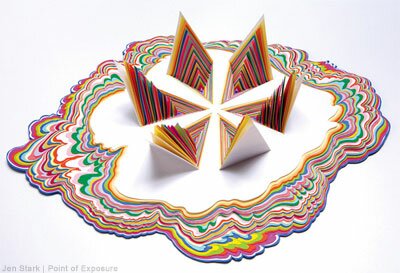 From Wikipedia:
From Wikipedia:
Light pollution''Light pollution, also known as photopollution or luminous pollution, is excessive or obtrusive artificial light. The International Dark-Sky Association[1] defines light pollution as: (IDA), "The Light Pollution Authority,"
''Any adverse effect of artificial light including sky glow, glare, light trespass, light clutter, decreased visibility at night, and energywaste.''It obscures the stars in the night sky for city dwellers, interferes with astronomical observatories, and, like any other form of pollution, disrupts ecosystems and has adverse health effects. Light pollution can be divided into two main types: 1) annoying light that intrudes on an otherwise natural or low-light setting and 2) excessive light (generally indoors) that leads to discomfort and adverse health effects. Since the early 1980s, a global dark-sky movement has emerged, with concerned people campaigning to reduce the amount of light pollution.
Light pollution is a side effect of industrial civilization. Its sources include building exterior and interior lighting, advertising, commercial properties, offices, factories, streetlights, and illuminated sporting venues. It is most severe in highly industrialized, densely populated areas of North America, Europe, and Japan and in major cities in the Middle East and North Africa like Cairo, but even relatively small amounts of light can be noticed and create problems. Like other forms of pollution (such as air, water, and noise pollution) light pollution causes damage to the environment.
Effects on human health and psychology
Medical research on the effects of excessive light on the human body suggests that a variety of adverse health effects may be caused by light pollution or excessive light exposure, and some lighting design textbooks use human health as an explicit criterion for proper interior lighting. Health effects of over-illumination or improper spectral composition of light may include: increased headache incidence, worker fatigue, medically defined stress, decrease in sexual function and increase in anxiety.
Common levels of fluorescent lighting in offices are sufficient to elevate blood pressure by about eight points. There is some evidence that lengthy daily exposure to moderately high lighting leads to diminished sexual performance. Specifically within the USA, there is evidence that levels of light in most office environments lead to increased stress as well as increased worker errors.
Several published studies also suggest a link between exposure to light at night and risk of breast cancer, due to suppression of the normal nocturnal production of melatonin.
In 1978 Cohen et al. proposed that reduced production of the hormone melatonin might increase the risk of breast cancer and citing "environmental lighting" as a possible causal factor.
Researchers at the National Cancer Institute (NCI) and National Institute of Environmental Health Sciences have concluded a study that suggests that artificial light during the night can be a factor for breast cancer.
In 2007, "shiftwork that involves circadian disruption" was listed as a probable carcinogen by the World Health Organization's International Agency for Research on Cancer. (IARC Press release No. 180). Multiple studies have documented a link between night shift work and the increased incidence of breast cancer.
A good review of current knowledge of the health consequences of exposure to artificial light at night and an explanation of the causal mechanisms has been published in the Journal of Pineal Research in 2007.
A more recent discussion (2009), written by Professor Steven Lockley, Harvard Medical School, can be found in the CfDS handbook "Blinded by the Light?". Chapter 4, "Human health implications of light pollution" states that "... light intrusion, even if dim, is likely to have measurable effects on sleep disruption and melatonin suppression. Even if these effects are relatively small from night to night, continuous chronic circadian, sleep and hormonal disruption may have longer-term health risks". The New York Academy of Sciences is hosting a 1 day meeting, 19 June, 2009 titled Circadian Disruption and Cancer. Moreover remember that 40 Danish women shift workers have this year(2009) been awarded compensation for breast cancer "caused" by shift work made possible by light at night - the most common cause of light pollution.
In June, 2009, the American Medical Association developed a policy in support of control of light pollution. News about the decision emphasized glare as a public health hazard leading to unsafe driving conditions. Especially in the elderly, glare produces loss of contrast, obscuring night vision.
And at the other end of the scale Scotland prepares to host scotlands first 'dark sky park'


















 -m
-m j
j


